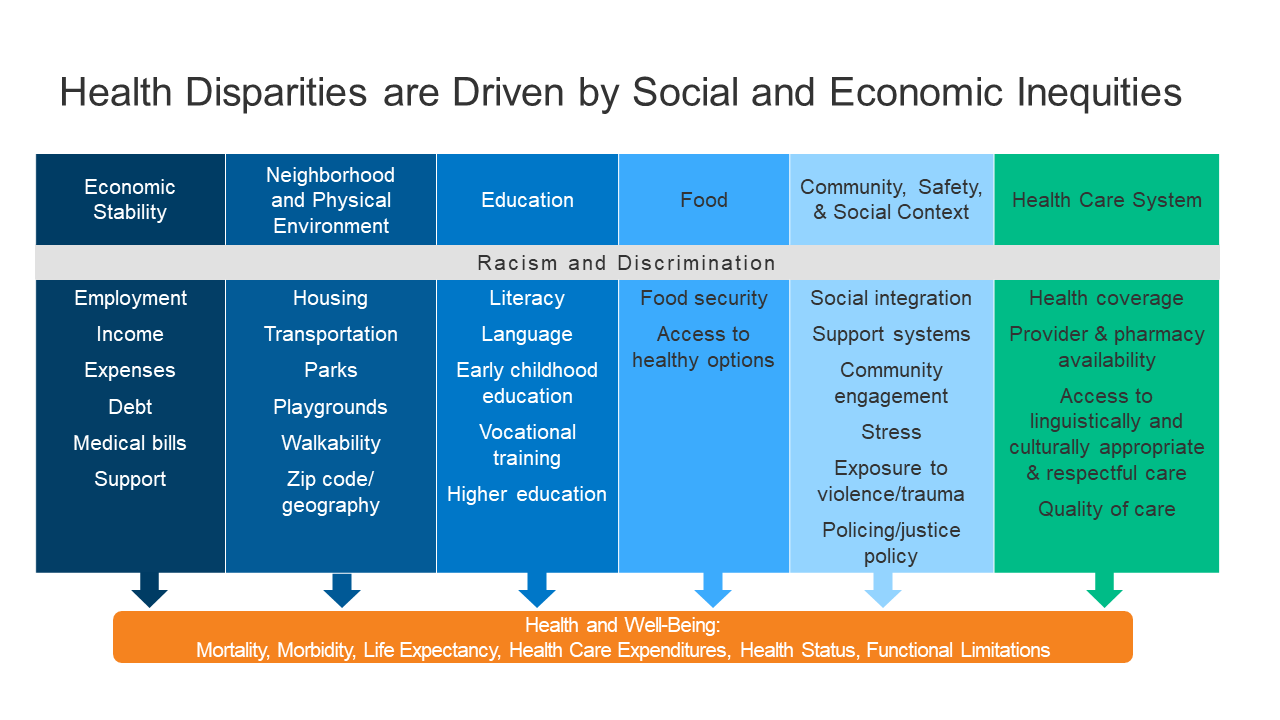Describing Health Conditions Understanding and Using Rates Case Study
Describe an understanding of the following. View Describing Health conditionspptx from NUR 453 at Missouri Western State University.

Associations Between Physical Multimorbidity Patterns And Common Mental Health Disorders In Middle Aged Adults A Prospective Analysis Using Data From The Uk Biobank The Lancet Regional Health Europe
Understanding and Using Rates Gathering Evidence for Public Health Practice 1.

. The primary method used to measure the state of health a population is experiencing including the rules and formula used for calculations The difference between crude and adjusted rates as well as incidence and prevalence rates The difference between incidence density incidence rates and relative risk ratio. Understanding and Using Rates Introduction Rates. List one or two sentences describing a case including the Health Condition.
Describe an understanding of the following. Understanding and Using Rates. View Case Studies Chapter 7docx from NURSING MISC at Central Connecticut State University.
Understanding and Using RatesGathering Evidence for Public Health Practice 1. An incidence or occurrence rate. In addition an aspect of care in relation to.
Chapter 7 - Describing Health Conditions. Understanding and using rates study guide by NurseDanii007 includes 41 questions covering vocabulary terms and more. 7 describing health conditions.
Hanna is a 17-year-old living with Epidermolysis Bullosa EB a disease diagnosed at. The difference between incidence density incidence rates and relative risk ratio. Describe an understanding of the followingThe primary method used to measure the state of health a population is experiencing including the rules and formula used for calculationsThe difference between crude and adjusted rates as well as incidence and.
Using examples interpret the. This essay aims to describe a patients health condition and needs during their stay at the hospital. The difference between crude and adjusted rates as well as incidence and prevalence rates.
The primary method used to measure the state of health a population is experiencing including the rules and formula used for calculations The. Gathering Evidence for Public Health Practice. Using examples interpret the relevance of the use of rates in nursing practice.
Understanding and Using Rates. Gretchen Quenstedt-Moe Describing Health Conditions. Case Studies Chapter 7 Describing Health Conditions.
Include the descriptions of health conditions case reports and correlation studies. I need support with this Nursing question so I can learn better. Describing Health Conditions.
Statistical procedure that removes the effects of differences in the composition of a population such as age when comparing one to another. Use a case from someone with whom you are familiar. The primary method used to measure the state of health a population is experiencing including the rules and formula used for calculations The difference between crude and adjusted rates as well as.
Mention and discuss the differences between descriptive and analytical research. Patient chosen has a chronic diarrhoea and abdominal cramping his assessment will be fully discussed using Roper Logan nursing framework and rationale for choice of patient and framework will be considered. Very useful in describing the characteristics of diseases occurrence and in generating hypotheses for.

Burden Of Non Communicable Diseases Among Adolescents Aged 10 24 Years In The Eu 1990 2019 A Systematic Analysis Of The Global Burden Of Diseases Study 2019 The Lancet Child Adolescent Health

Incidence Vs Prevalence Technology Networks

Disparities In Health And Health Care 5 Key Questions And Answers Kff
/1482px-Health_effects_of_pollution-073467199d1745e5a50c4cfa3457eba5.png)
Comments
Post a Comment